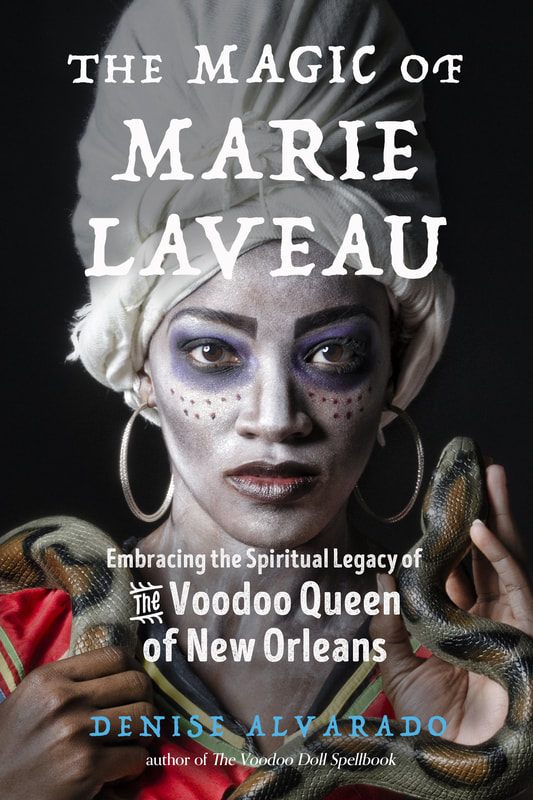Nursing the Saffron Scourge
She was very successful as a nurse; wonderful stories being told of her exploits at the sick bed. In yellow fever and cholera epidemics she was always called upon to nurse the sick, and always responded promptly. Her skill and knowledge earned her the friendship and approbation, of those sufficiently cultivated, but the ignorant attributed her success to unnatural means and held her in constant dread. —Daily Picayune, June 18, 1881
